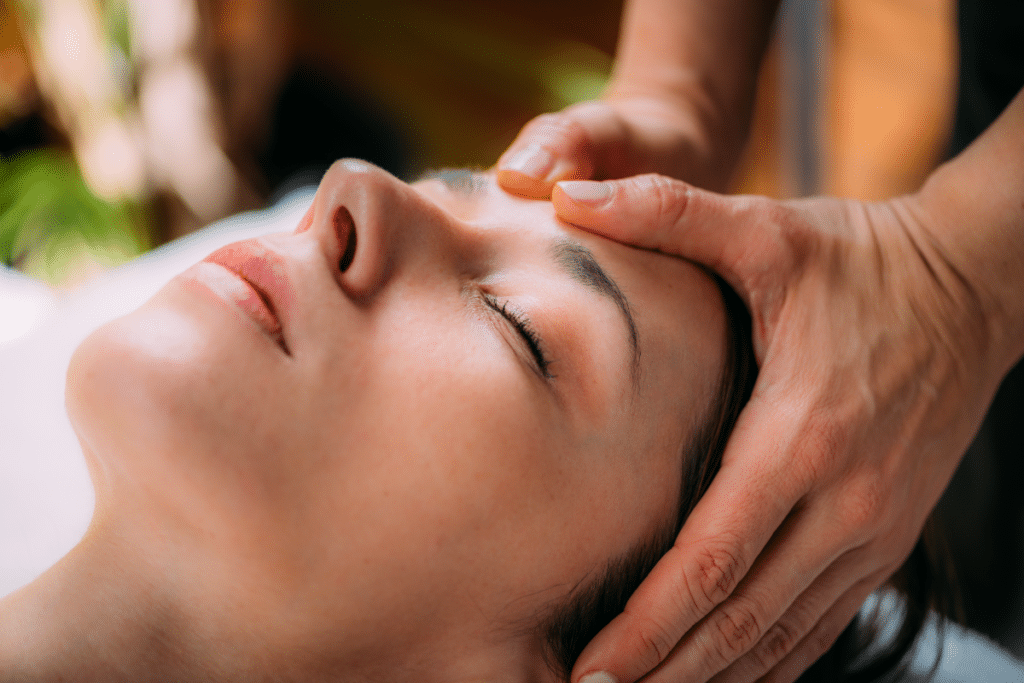Craniosacral therapy (CST) is a gentle, non-invasive form of bodywork that addresses the bones of the head, spinal column, and sacrum. The goal is to release compression in these areas, which alleviates stress and pain caused by conditions such as migraine headaches, neck and back pain, temporomandibular joint disorder (TMJ), and chronic fatigue syndrome, among others. Even though CST is used widely, its effectiveness and scientific backing are subjects of ongoing debate within the medical community.
Origins and Development
Craniosacral therapy was developed in the early 20th century by Dr. William Sutherland, an osteopathic physician. He posited that the cranial bones in the human skull, previously assumed to be fused, actually move rhythmically and are pivotal to the healthy functioning of the central nervous system. This movement was later termed the “cranial rhythm” or “craniosacral rhythm” by Dr. John Upledger, who further popularized CST in the 1970s and 1980s, based on his clinical observations and research at Michigan State University.
Theoretical Foundations
The principle underlying CST is that blockages in the flow of cerebrospinal fluid can lead to health issues. Practitioners of craniosacral therapy believe they can palpate the pulsations of the craniosacral rhythm and, through subtle manipulations, enhance the body’s natural healing capabilities. The therapy involves light touches on the skull, face, spine, and pelvis with the intention of manipulating the cranial sutures and thereby influencing the flow of cerebrospinal fluid.
Clinical Applications and Research
Craniosacral therapy is often touted as a remedy for various ailments, from simple muscle aches to neurological ailments. Some small-scale clinical studies and case reports suggest it may help reduce symptoms of conditions such as fibromyalgia, migraine headaches, and TMJ disorders (e.g., Liem et al., 2016; Miana et al., 2013). However, these studies often include caveats about the small number of participants and the need for larger-scale research.
Criticisms and Controversies
Despite anecdotal success stories, CST has been met with skepticism in various quarters of the scientific and medical communities. One major criticism is the lack of a scientifically plausible mechanism for how CST works. Skeptics argue that the supposed cranial movements are not detectable by scientific instruments and that any observed benefits of CST may be due to placebo effects or general relaxation responses (Hall, 2017).
Furthermore, systematic reviews and meta-analyses have had difficulties confirming the efficacy of CST beyond placebo effects due to methodological challenges, such as small sample sizes and lack of control groups (e.g., Ernst E., 2012).
Practitioner Training and Regulation
Training for craniosacral therapy varies widely. Certified training programs, such as those offered by the Upledger Institute, involve several levels of courses and hands-on training. However, the regulatory environment for CST practitioners is less stringent compared to more traditional healthcare professions, which has led to further scrutiny regarding its practice and the potential variability in the quality of treatment received.
Craniosacral therapy continues to be a divisive topic. While some patients swear by its efficacy, the scientific community has yet to fully embrace CST due to the current lack of robust, empirical evidence supporting its mechanisms and benefits. Individuals considering craniosacral therapy are encouraged to consult with their healthcare provider, weigh the existing evidence, and consider the level of training and accreditation of the practitioner.
Medical Disclaimer
This article is intended for informational purposes only and does not constitute medical advice, diagnosis, or treatment. Always seek the advice of your physician or other qualified health providers with any questions you may have regarding a medical condition or treatment and before undertaking a new healthcare regimen.
References
- Hall, H. (2017). Craniosacral therapy: more false claims and nonsense. Skeptical Inquirer.
- Ernst, E. (2012). Craniosacral therapy: a systematic review of the clinical evidence. Focus on Alternative and Complementary Therapies.
- T., et al. (2016). Craniosacral Therapy and the treatment of common conditions. Biofield Science Journal.
- Miana, L., et al. (2013). Application of Craniosacral Therapy in Newborns with colic. Pediatric Health Journal.
